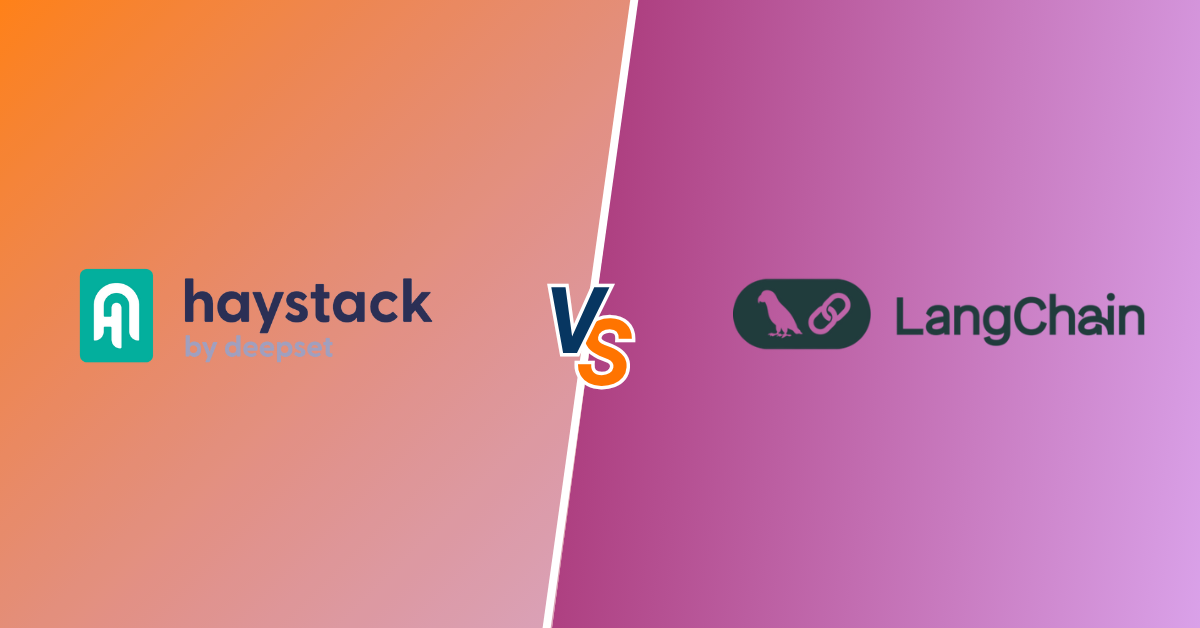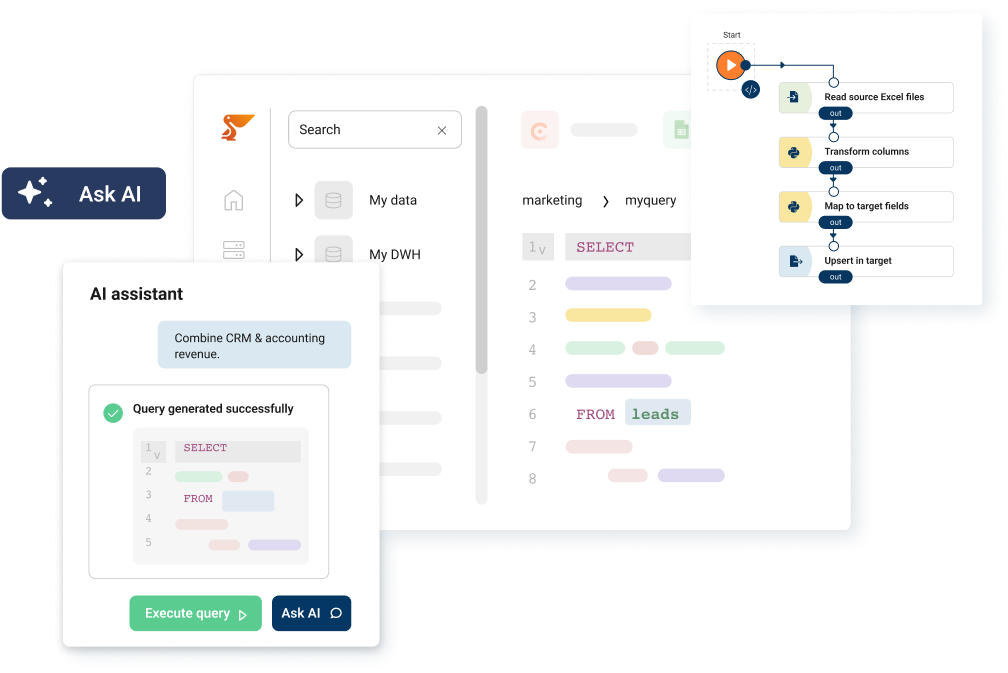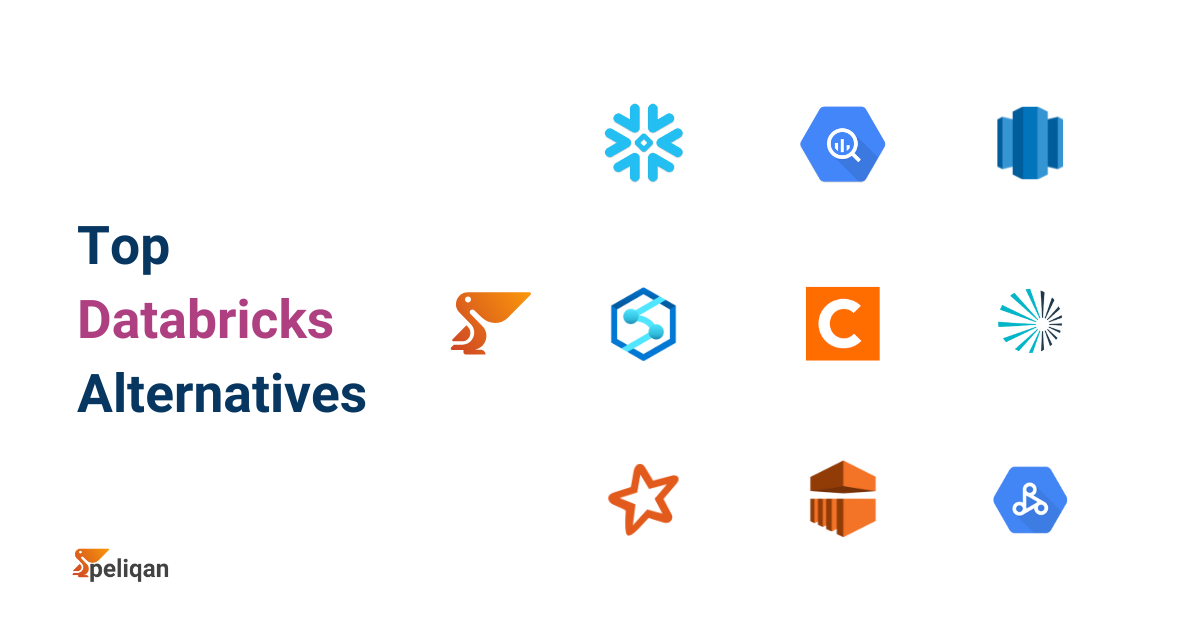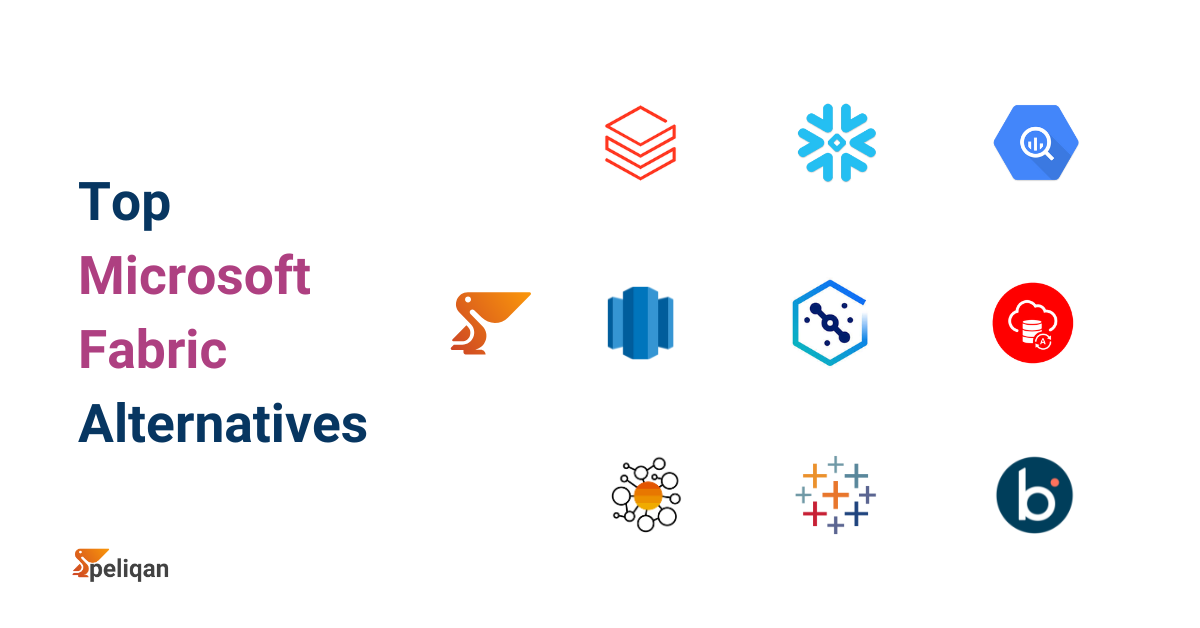The open-source ecosystem for building large language model (LLM) applications has evolved rapidly. Among the most talked-about frameworks today are Haystack and LangChain — both offering powerful ways to build retrieval-augmented generation (RAG) pipelines, chatbots, and AI-driven workflows.
Yet, while they might seem similar on the surface, they’re optimized for very different approaches. Haystack is built around robust retrieval and document-centric pipelines, while LangChain is designed for agentic, multi-step workflows that integrate external tools and APIs.
In this article, we’ll break down the differences between Haystack and LangChain – their architectures, capabilities, developer experience, and ecosystems and explore how Peliqan can enhance both frameworks by streamlining data integration, caching, and observability.
What Are Haystack and LangChain?
Haystack (by deepset) is an open-source framework for building end-to-end AI applications that leverage LLMs through retrieval-augmented generation (RAG). It uses a modular, pipeline-based approach – where each component (retriever, reader, generator, indexer) is a node in a graph. This makes Haystack ideal for document search, question answering, and chatbots that depend on structured retrieval.
LangChain, on the other hand, is a general-purpose framework for building LLM-powered applications by chaining components and tools together. It’s built around the concepts of “chains” and “agents”, allowing developers to compose workflows where an LLM can reason over data, call APIs, or use external tools.
In short:
- Haystack is pipeline-first and excels in document retrieval and RAG scenarios.
- LangChain is agent-first and shines in complex, tool-based reasoning workflows.
Feature-by-Feature Comparison
Before diving into the details, it helps to look at how each framework differs across architecture, control, and flexibility. The table below provides a side-by-side view of their design philosophies and capabilities.
| Aspect | Haystack | LangChain |
|---|---|---|
| Design Philosophy | Pipeline-based, focused on modular retrieval and QA | Chain- and agent-based, focused on orchestration and reasoning |
| Architecture | Directed graph of components (retriever → reader → generator) | Linear chains or agentic decision workflows |
| Primary Use Case | Document-centric search, RAG pipelines, QA systems | Multi-tool agents, conversational AI, API orchestration |
| Control Flow | Mostly linear with limited branching | Dynamic and conditional; supports multi-step decisions |
| Agents & Tool Use | Introduced basic agents (Haystack 2.0), limited scope | Mature agent framework for calling APIs, databases, etc. |
| Integrations | Vector stores (FAISS, Weaviate, Elasticsearch), LLMs, doc loaders | Hundreds of integrations – LLMs, APIs, tools, vector DBs |
| Evaluation Tools | Built-in evaluation (RAGAS, DeepEval) | Integrated tracing via LangSmith; third-party evaluation |
| Community & Ecosystem | Smaller, focused around deepset and enterprise RAG | Massive open-source community with rapid plugin growth |
| Language Support | Primarily Python | Python, JS/TS, and growing multi-language support |
Pricing Comparison
Both frameworks are open source and free to use, but they differ slightly in hosting and optional enterprise tools. Here’s how their cost structure between Haystack vs LangChain .
| Feature | Haystack | LangChain |
|---|---|---|
| License | Open source (Apache 2.0 / MIT) | Open source (MIT) |
| Free to Use | Yes | Yes |
| Enterprise Support | Available via deepset | LangSmith, LangGraph Cloud (optional) |
| Hosting Options | Self-host; deepset Cloud | Self-host; LangGraph Cloud |
| Key Paid Tools | deepset Cloud (hosting + monitoring) | LangSmith (tracing), LangGraph (stateful orchestration) |
| Cost Structure | Pay for LLM usage & vector DB storage | Pay for LLM usage, storage & optional platform |
Architecture Differences
The most fundamental difference lies in their architectures.
Haystack uses a pipeline-based structure. You define components – retrievers, readers, generators – and connect them into a directed graph. Pipelines are highly modular and predictable. Haystack’s strength is its transparency – you know exactly which document retrieval step feeds which answer generation.
LangChain uses chains and agents. Chains are sequences of prompts and LLM calls, while agents are decision-making loops that choose which tools or chains to use. This makes LangChain highly flexible for complex reasoning but also harder to debug.
Practically, this means Haystack is easier to understand and trace for RAG use cases, while LangChain excels when you need dynamic reasoning and conditional execution (e.g., calling an API only if the LLM decides it needs more data).
Developer Experience
Ease of Use
Haystack’s learning curve is moderate. Its pipeline model is intuitive for those familiar with machine learning workflows. The focus on retrieval means fewer moving parts for standard use cases (e.g., a simple QA system).
LangChain has a steeper initial learning curve. The chain/agent model can be confusing for newcomers, and the vast array of integrations and components can feel overwhelming.
However, LangChain’s flexibility pays off for more complex workflows. If you need an agent to dynamically search databases, call APIs, and reason over multi-modal data, LangChain’s toolbox is unmatched.
Documentation and Tutorials
Both frameworks invest in documentation. Haystack’s docs are structured and focused on common RAG patterns. LangChain’s docs are extensive, reflecting the framework’s breadth.
LangChain has more community tutorials, YouTube guides, and third-party courses due to its popularity.
Debugging and Evaluation
Haystack includes evaluation frameworks (RAGAS, DeepEval) and detailed logs to inspect intermediate retrievals, answers, or pipeline nodes. LangChain uses LangSmith for trace visualization, letting you inspect each step of a chain or agent call.
Haystack is often easier for structured QA debugging, while LangChain gives better visibility into agentic decision-making.
Community Support
LangChain’s popularity means it enjoys a massive open-source ecosystem – plugins, tutorials, and integrations arrive weekly. Haystack’s community, though smaller, is backed by deepset and known for production-grade reliability and enterprise focus.
Ecosystem and Integrations
Both frameworks integrate with the major players in the LLM and vector database landscape.
Haystack supports vector stores like FAISS, Elasticsearch, Weaviate, and Milvus, along with embeddings from OpenAI, Cohere, and Hugging Face. It provides document loaders for PDFs, web pages, and databases, making it a go-to choice for RAG-heavy projects.
LangChain offers one of the largest ecosystems in the AI tooling space. It integrates seamlessly with LLMs (OpenAI, Anthropic, Hugging Face), vector databases (Pinecone, Chroma, Qdrant, Weaviate), and APIs (Google Search, Wikipedia, SQL tools, etc.). The LangChain “Hub” enables community-contributed templates and prebuilt chains.
In practice, many teams combine them:
- Use Haystack for retrieval, indexing, and QA.
- Add LangChain on top for tool orchestration or conversational agents.
Cost, Licensing, and Hosting
Both frameworks are open source and free to use. You can deploy them locally or on your own cloud infrastructure.
LangChain offers optional paid tools – LangSmith (for tracing and monitoring) and LangGraph Cloud – but the core library remains open source (MIT).
Haystack, maintained by deepset, is also open source and enterprise-ready. Deepset offers optional enterprise support, but there are no license restrictions for open usage.
The main costs for either framework come from:
- Vector storage (e.g., FAISS, Pinecone, Elasticsearch)
- LLM API usage
- Compute resources for embeddings and generation
Use Cases and Target Audience
Haystack is best suited for:
- Retrieval-augmented QA systems over internal data
- Enterprise document search and summarization
- Production-ready RAG pipelines with evaluation and monitoring
- Scenarios requiring high retrieval accuracy and explainability
LangChain is best suited for:
- Complex, multi-step agentic workflows
- Applications calling APIs or integrating tools dynamically
- Experimental or research-driven AI prototypes
- Conversational agents requiring memory and reasoning
Many production systems combine the two – Haystack as the reliable RAG backbone, and LangChain as the orchestration and reasoning layer.
The Peliqan Advantage
Whether you choose Haystack or LangChain, one challenge remains: managing and orchestrating your data efficiently.
That’s where Peliqan fits in. Peliqan acts as a data backbone for your AI pipelines – connecting over 250+ data sources (databases, SaaS apps, APIs), managing transformations, and caching results before they reach your LLM.
With Peliqan:
- You centralize and version your data pipelines.
- You avoid redundant embedding and retrieval calls through caching.
- You get observability across every step of your AI workflow.
- You can seamlessly feed unified enterprise data into Haystack or LangChain without complex ETL scripting.
As a result, Peliqan complements both frameworks by ensuring data consistency, scalability, and traceability – all critical for production-grade LLM applications.
Summary
| Framework | Best For | Strengths | Limitations |
|---|---|---|---|
| Haystack | Retrieval-Augmented Generation (RAG), QA, Search | Modular pipelines, clear architecture, production-ready evaluation | Less suited for multi-step, agentic workflows |
| LangChain | Agentic reasoning, tool orchestration, chat assistants | Huge ecosystem, flexible agents, multi-language support | Steeper learning curve, less structured for RAG |
| Peliqan | Data integration & orchestration layer | 250+ connectors, caching, observability, versioned data layer | Not an LLM framework but enhances both |
In summary:
- Use Haystack for robust, reliable RAG and document QA pipelines.
- Use LangChain for flexible, multi-tool LLM applications and agents.
- Use Peliqan to unify, optimize, and monitor your data across both.
By combining the right LLM framework with Peliqan’s data orchestration capabilities, you can build AI systems that are not only intelligent – but also maintainable, scalable, and data-aware.









